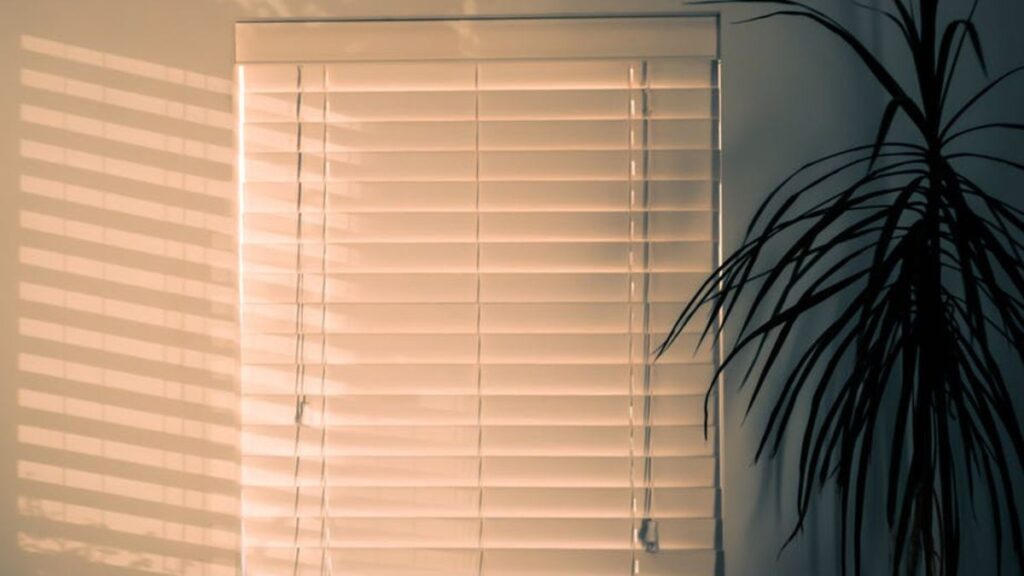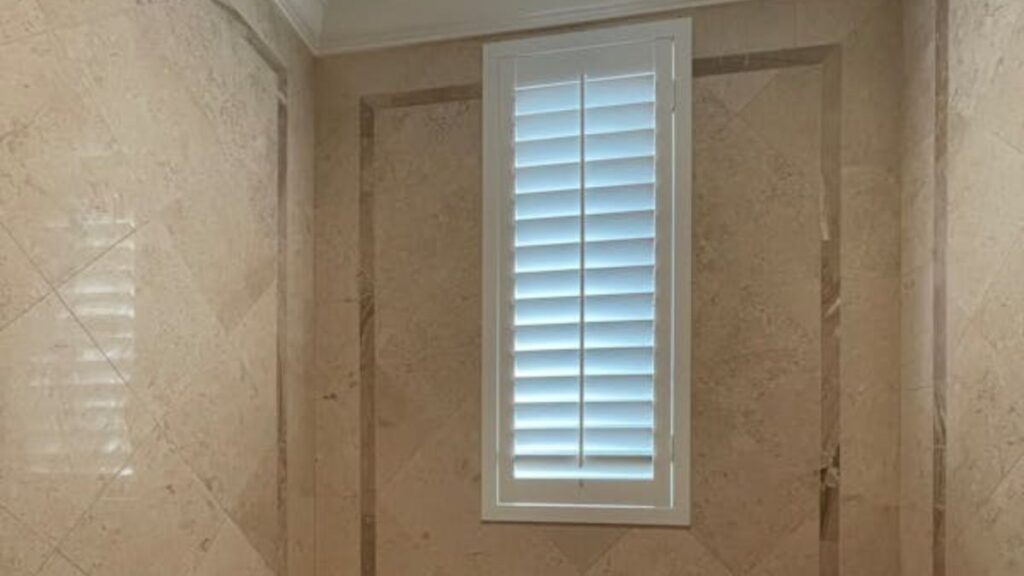Aside from serving vital functional purposes, the right window treatments can contribute to the style and ambiance of your interiors. With innumerable designs, materials, and styles available, the decision-making process may feel overwhelming.
With the elements outlined in the article, homeowners can create a balance between practicality and elegance that suits their unique tastes and needs. Read on to better navigate the various options available and ensure that your window treatments enhance both privacy and style.

The Different Types of Window Treatments
Window treatments encompass a broad spectrum of products that offer light control, privacy, and decorative options. The most common types include curtains, blinds, shades, and shutters, each with unique characteristics. Curtains are typically fabric-based and come in various lengths and opacities, allowing for considerable customization. Usually made from durable materials, blinds offer precise control over the amount of light entering a room. Shades are fabric-based and can be adjusted easily, providing a softer appearance while maintaining a level of privacy. Shutters like the plantation shutters in Adelaide add an elegant flair and are known for their durability and energy efficiency. Each type has its benefits, and the choice will depend on your specific needs, including the room’s purpose and the desired level of light control.
Factors to Consider for Privacy and Light Control
Different rooms within your home may require varying levels of privacy. Generally, bathrooms demand high privacy levels due to their location, whereas living areas may only need partial coverage. In terms of light control, sheer fabrics provide gentle illumination, whereas blackout materials completely minimize heat and light intrusion.
Assess your living environment and consider the direction of sunlight and visibility from outside. Look into treatments that allow for adjustable light and privacy levels to create a comfortable ambiance tailored to your lifestyle.
Material Selections for Your Window Treatments
The most common material options for your window treatments include fabric, wood, vinyl, and aluminum, each providing different advantages and aesthetics. Fabric treatments offer an extensive array of colors and patterns and add warmth and texture to your space. Wooden options provide a classic look that complements various design styles. Vinyl and aluminum treatments are typically more resilient, ideal for high-moisture areas (kitchens and bathrooms).
Don’t overlook durability and maintenance. Fabric may require regular cleaning, while wood may need periodic refinishing to maintain its appearance. With the right material at hand, your window treatments will enhance your home’s beauty and withstand the test of time.
Color Schemes and Patterns for Aesthetic Appeal
Choosing the right colors and patterns for your window treatments can significantly enhance the overall aesthetic of your home. Lighter colors create an illusion of more space and openness; darker shades can add warmth and coziness. Factor in the existing palette of your room: look for complementary colors to create that cohesive look you are looking for.
Patterns can provide visual interest and find a balance between bold designs and less distractive tones. If your room features busy wallpaper or furniture, a solid color window treatment might work best. In contrast, a more neutral palette allows for more playful patterns to come into play. Making thoughtful selections can transform an ordinary space into an extraordinary one.
Energy Efficiency and Environmental Considerations
Certain materials and designs can provide insulation, which stabilizes indoor temperatures and reduce energy consumption. Cellular shades trap air in their cells and provide better insulation which shows on heating and cooling costs. Similarly, thermal curtains or blackout shades can enhance energy efficiency by blocking heat in summer and retaining warmth in winter.
Sustainably sourced wood and organic fabrics showcase a commitment to environmental responsibility. Consider automated window treatments with timers or sensors that optimize light and temperature control effectively. Make energy efficiency a priority in your selection process, and you can enjoy a comfortable living space.
Budgeting for Window Treatments
Prices can vary widely depending on material, style, and complexity — and that’s why budgeting is such a critical part of this renovation. Develop a clear understanding of your priorities in terms of style and functionality to guide your budget decisions. Custom window treatments can sometimes be more costly than ready-made options, but they may provide a perfect fit for your unique windows and design preferences.
Evaluate long-term value: invest in quality treatments that may save money in the long run through increased durability and energy efficiency. Keep in mind that window treatments can influence a space’s overall look, making the initial expenditure worthwhile. Don’t forget to explore different retailers and consult customer reviews for quality assessments. Once you carefully consider both your budget and the potential gains, you can find window treatments that meet your needs without breaking the bank.

Now that you have the necessary information about the factors influencing window treatment selection, you can make informed choices that balance privacy, aesthetics, and functionality. The right treatments can transform your living space and improve your overall quality of life through enhanced comfort and style.







